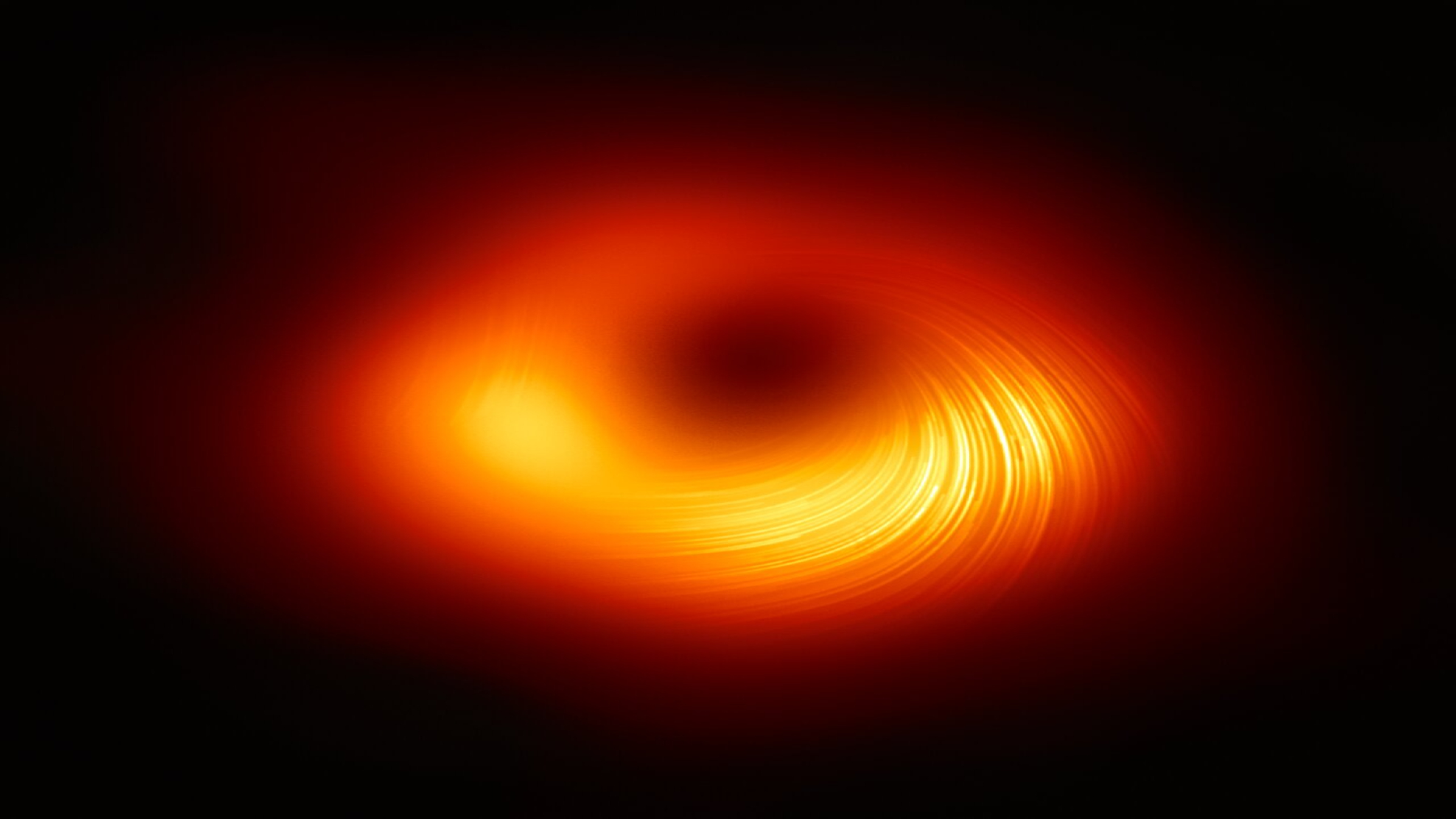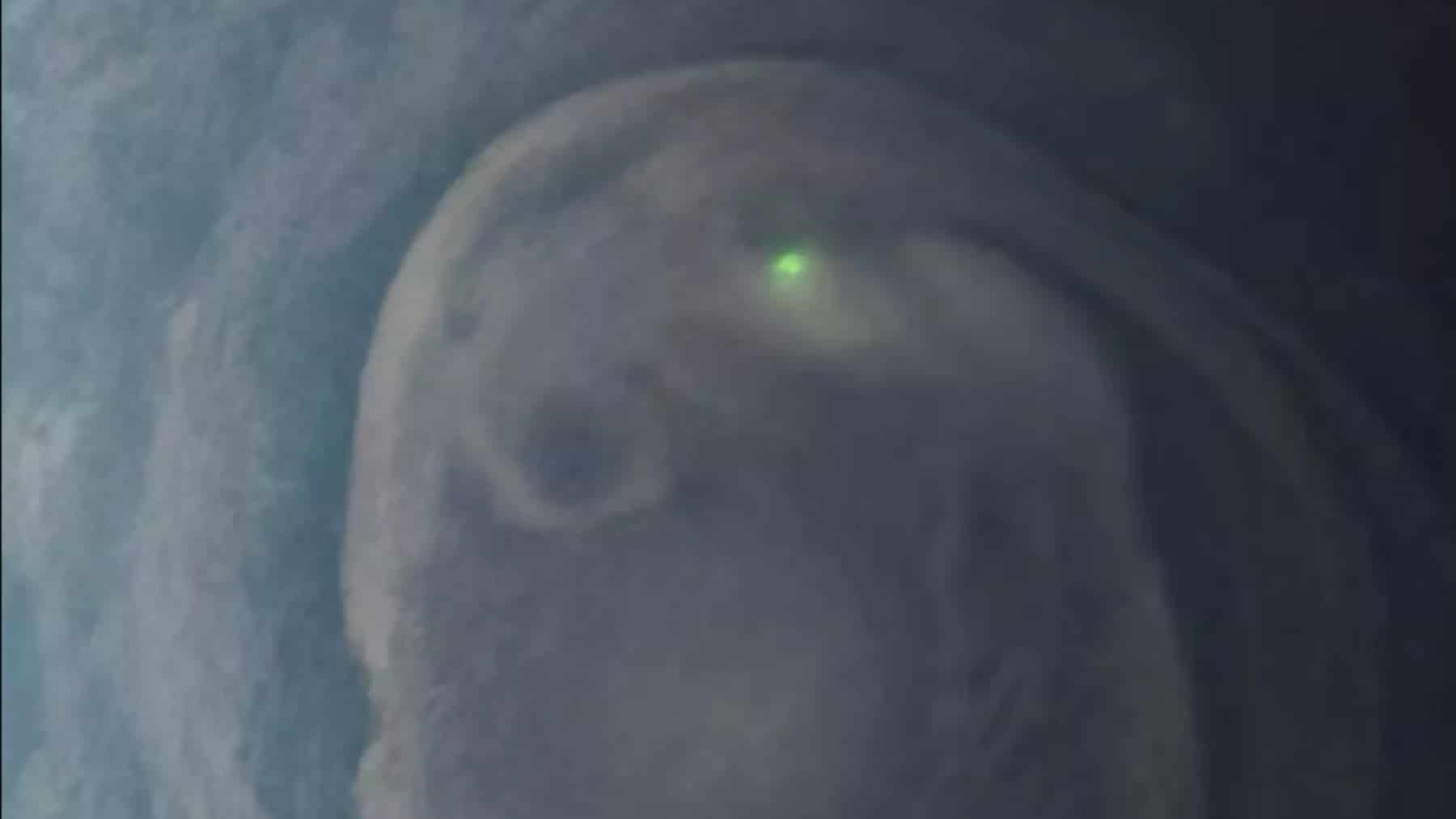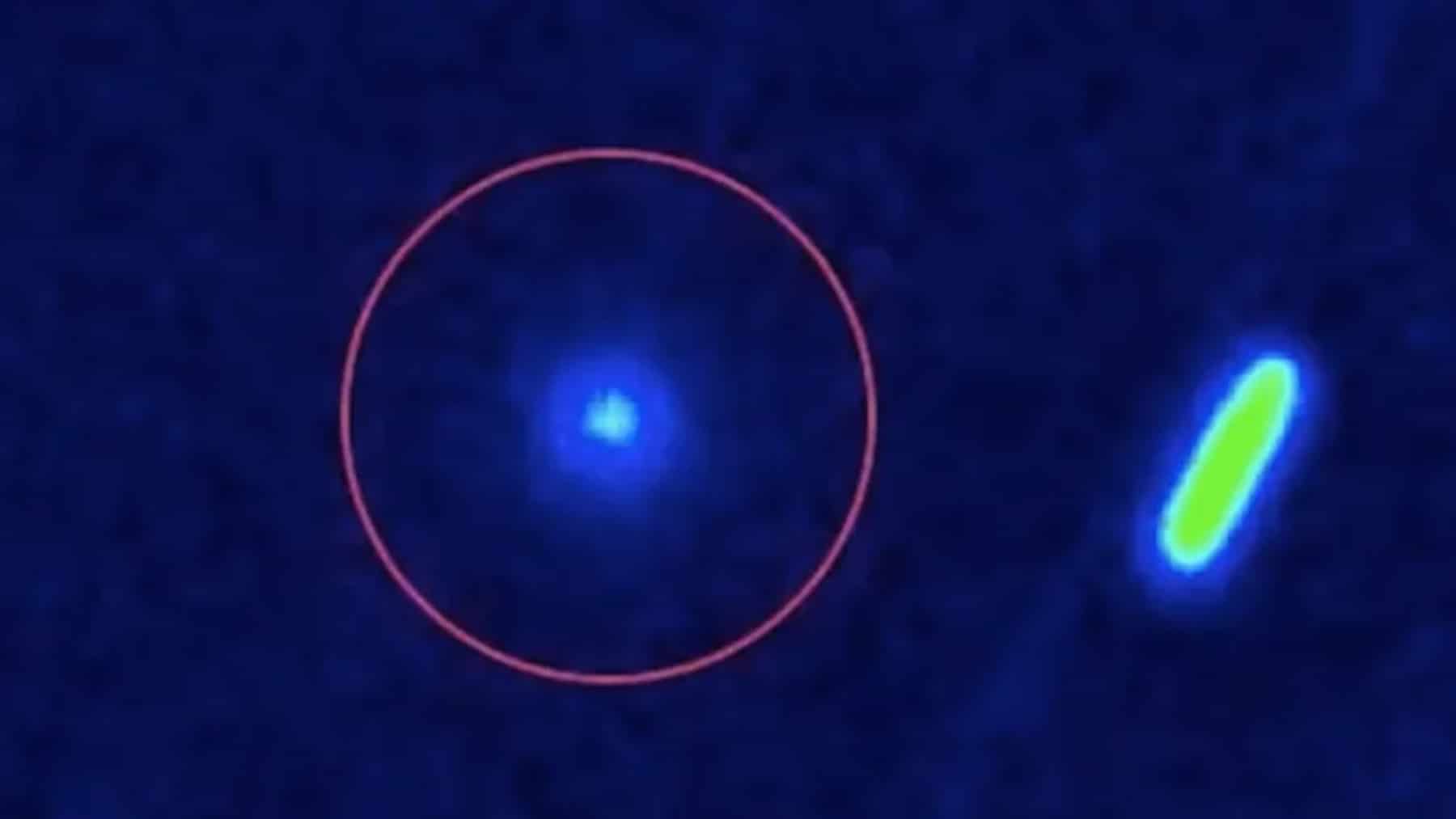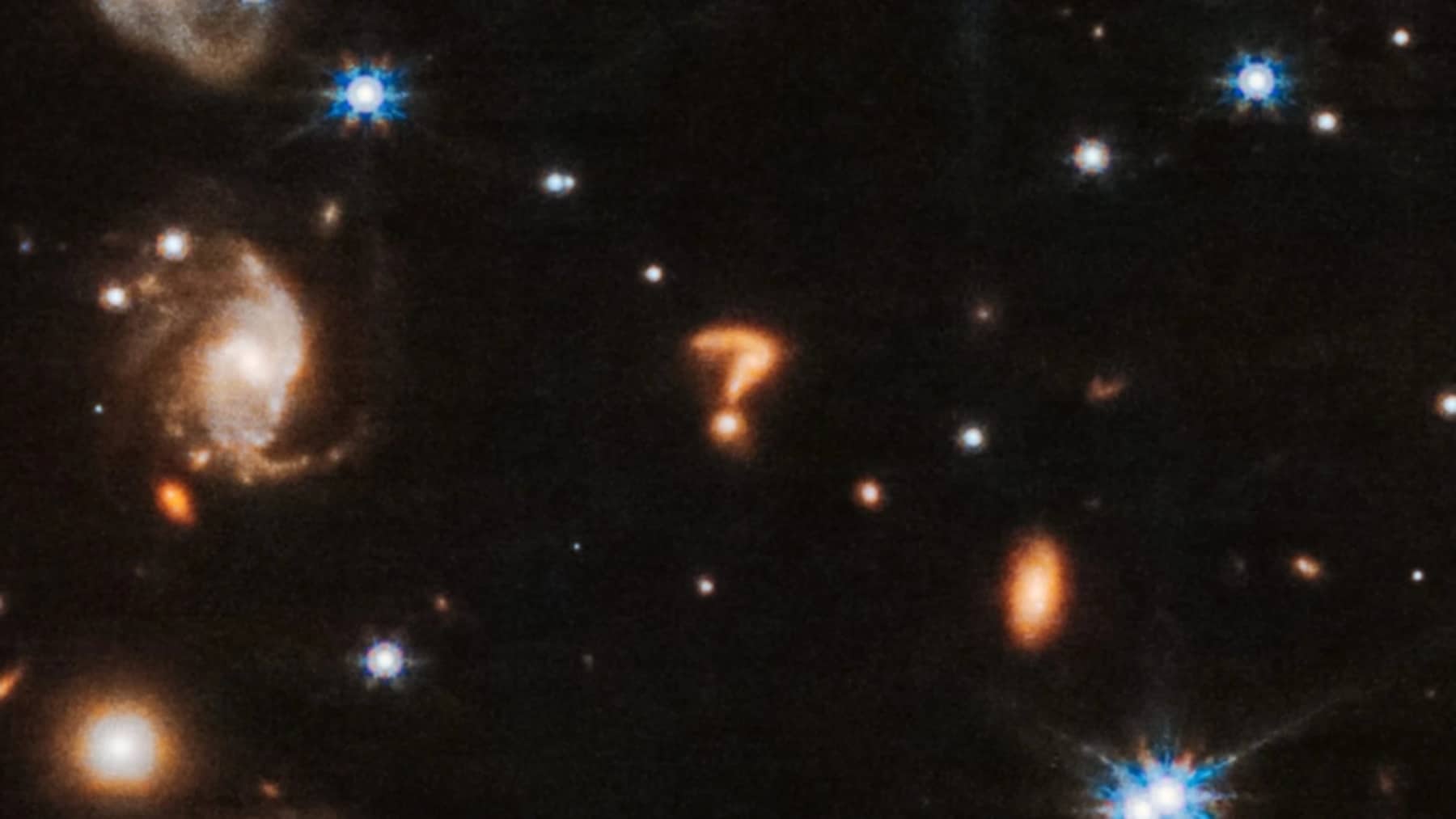In 2019, the Event Horizon Telescope beheld the first-ever image of supermassive black hole, M87, found in the galaxy of M87, which is around 55 million light years away. Scientists have now observed a dramatically intense gamma-ray flare from M87, thus providing further insight into supermassive black holes and their environments.
Record shattering gamma ray flare captured by EHT and global telescopes from M87
In April and May 2018, scientists using the EHT and an array of around 25 ground-based and space telescopes observed another high energy gamma flare from M87, an accreting supermassive black hole. This very rare three-day eruption brought the energy record of this black hole up to 2010.
Since gamma rays are the most energetic light, they would help to study the different mechanisms acting within the jets from the poles of this black hole. The really distinguishing factor regarding M87 is its mass: M87 weighs in at 5.4 billion times that of our Sun-dwarfing even the popularly known Milky Way’s central black-hole, Sagittarius A.
While Sagittarius A is rather quiet inside, M87 actively feeds off surrounding material-with relativistic jets, generating tremendous energy. Spanning a few tens of millions of times wider than itself and moving at speeds near that of light, they indeed can be compared to a blue whale exploding from a single bacterium ovum. Such sheer mass indicates the dramatic forces acting on a supermassive black hole.
Gamma-ray flare of M87 related to feeding disk interactions and magnetic fields
The gamma-ray flare M87 observed by the scientists is believed to be due to interplay between its feeding disk and local magnetic field lines just outside the event horizon of a black hole. Materials spiraling inward to the black hole are danced into paths along magnetic field lines, accelerated to staggering speeds, and cast over the boundaries into the jets that propel materials many light-years beyond to the parent galaxy.
Yet, it is hardly possible to explain how these particles get accelerated to such extreme energies. An event like that observed in M87, where it can be hypothesized that blobs of material falling into the jet are somehow energized to trillions of electron volts, is thought to bring about gamma-ray flares.
Their occurrence cannot be predicted; catching one is random luck. During the 2018 acquisition, researchers reported fascinating asymmetries in the well-known ring of light of M87. Brighter patches in the ring appear to travel away concerning the flare, hinting at a relationship between the event horizon and the jets. This strange finding suggests an intricate interrelationship between the immediate surrounding environment of a black hole and its emitting high-energy radiation.
Multi-wavelength investigations by EHT and space observatories into gamma-ray flares from M87
The groundbreaking discovery of gamma-ray flares emanating from M87 was enabled; by the EHT in collaboration with various other space observatories like Fermi, NuSTAR, Chandra, and Swift to give a multi-wavelength feature view of electromagnetic light.
The observations made and analysed by scientists over a period of days showed that they found heterogeneity in the gamma, confirming that the region is relatively small, only ten times the size of the black hole itself. Other wavelengths did not confirm this heterogeneity, which throws some question marks on the structure of the flare region as seen with the wavelength.
Some researchers also noted changes in the angle of M87 in relation to the jet and the degree of gamma-ray emission over the year. Thus, these results indicate a more profound connection between black hole jets, particle acceleration, and event horizon, which can shed light on the origins of cosmic rays and high-energy events within the universe.
The observations of M87 by the EHT advance astrophysics by revealing new insights about relativistic jets, particle acceleration, and cosmic rays. Such collaborations, unifying telescopes across the globe, offer opportunities to open the door to understanding the forces at work in shaping galaxies and, ultimately, unlocking some of universe’s mysteries.















